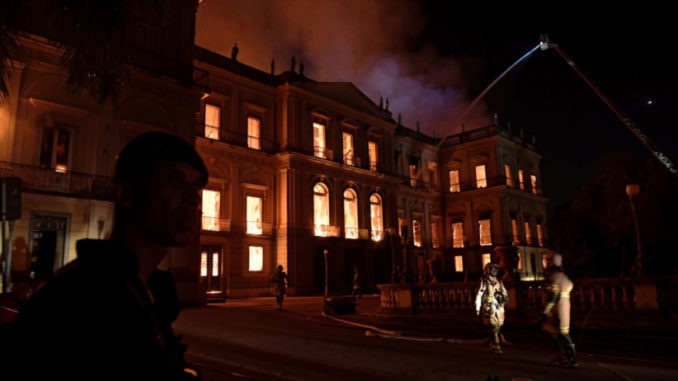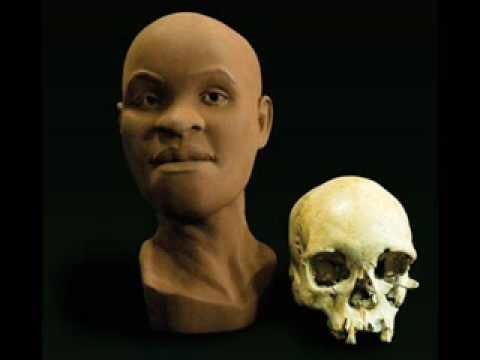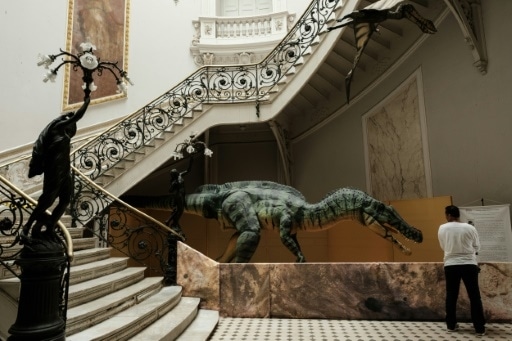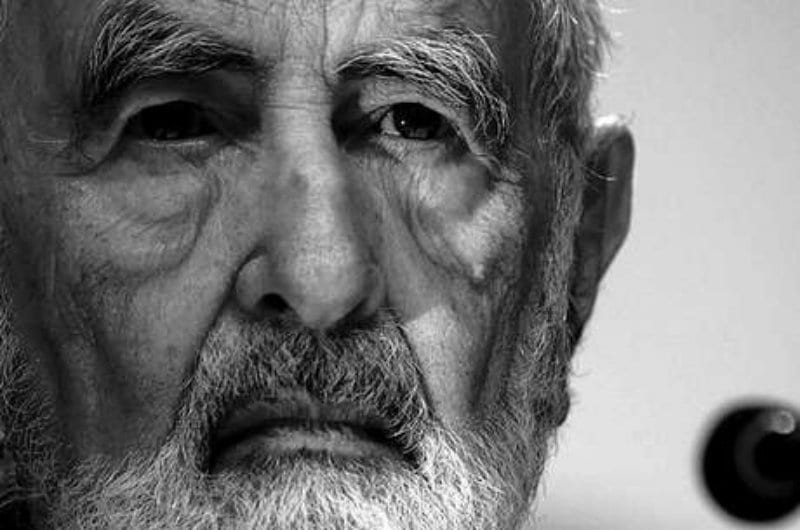
RIO DE JANEIRO – A massive fire has gutted the National Museum of Brazil, the oldest scientific institution in the country, probably destroying its collection of more than 20 million items.
The fire began after the museum closed to the public, around 7:30PM on Sunday evening. Hours later, firefighters were still working to control the fire on all floors of the historic building. The cause of the fire is yet to be determined, and there are no known casualties.
It is yet unclear how devastating the destruction of its collection really is.
Brazil’s president, Michel Temer, wrote in Portuguese on Twitter, that the event marked “a sad day for all Brazilians” and that “the loss of the National Museum collection is incalculable for Brazil.”
Incalculável para o Brasil a perda do acervo do Museu Nacional. Foram perdidos 200 anos de trabalho, pesquisa e conhecimento. O valor p/ nossa história não se pode mensurar, pelos danos ao prédio que abrigou a família real durante o Império. É um dia triste para todos brasileiros
— Michel Temer (@MichelTemer) September 3, 2018
Originally the Royal Museum, which was founded in 1818 when Brazil was ruled by Portugal, it is the oldest scientific institution in the country and the largest natural history museum in Latin America. The museum is home to Egyptian and Greco-Roman artifacts, as well as “Luzia”, a 12,000 year-old skeleton that was the oldest in the Americas.

The institution also housed important dinosaurs fossils and a meteorite found in 1784. Its size and stature was comparable to Chicago’s Field Museum.

The museum in the Quinta da Boa Vista park, Rio de Janeiro, had been underfunded for years and had fallen into disrepair because of it.
The vice-director for the museum, Luiz Duarte, said in an interview with a local outlet on Sunday night, according to Reuters, that the museum had been poorly funded for years, and that its leadership had recently worked out a deal with a state development bank “for a massive investment, so that we could finally restore the palace and, ironically, we had planned on a new fire prevention system.”
“It is an unbearable catastrophe. It is 200 years of this country’s heritage,” Duarte told TV Globo. “It is 200 years of memory. It is 200 years of science. It is 200 years of culture, of education.”
Brazil’s National Museum. My brother sent me this ? pic.twitter.com/UKjlby5p7y
— Rachel Silva (@Rebechell) September 3, 2018
The museum is housed in the Paço de São Cristóvão, which was home to the Brazilian imperial family for much of the 19th century. It moved into the building shortly after the monarchy was deposed in 1889 in a coup d’état that transitioned the country into a republic.



